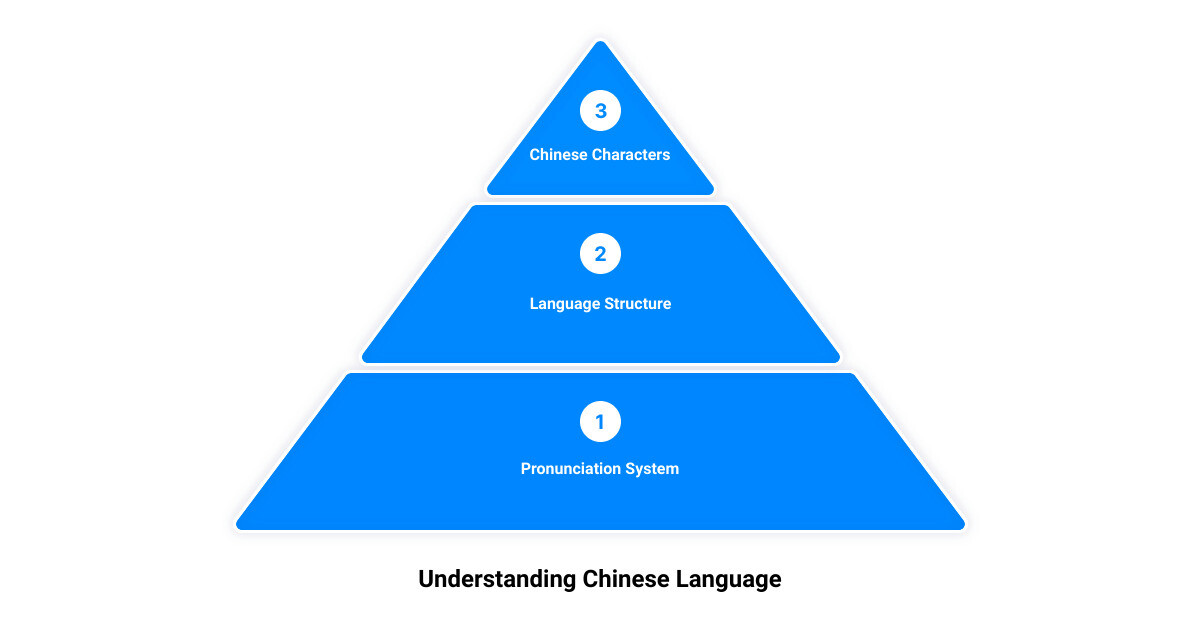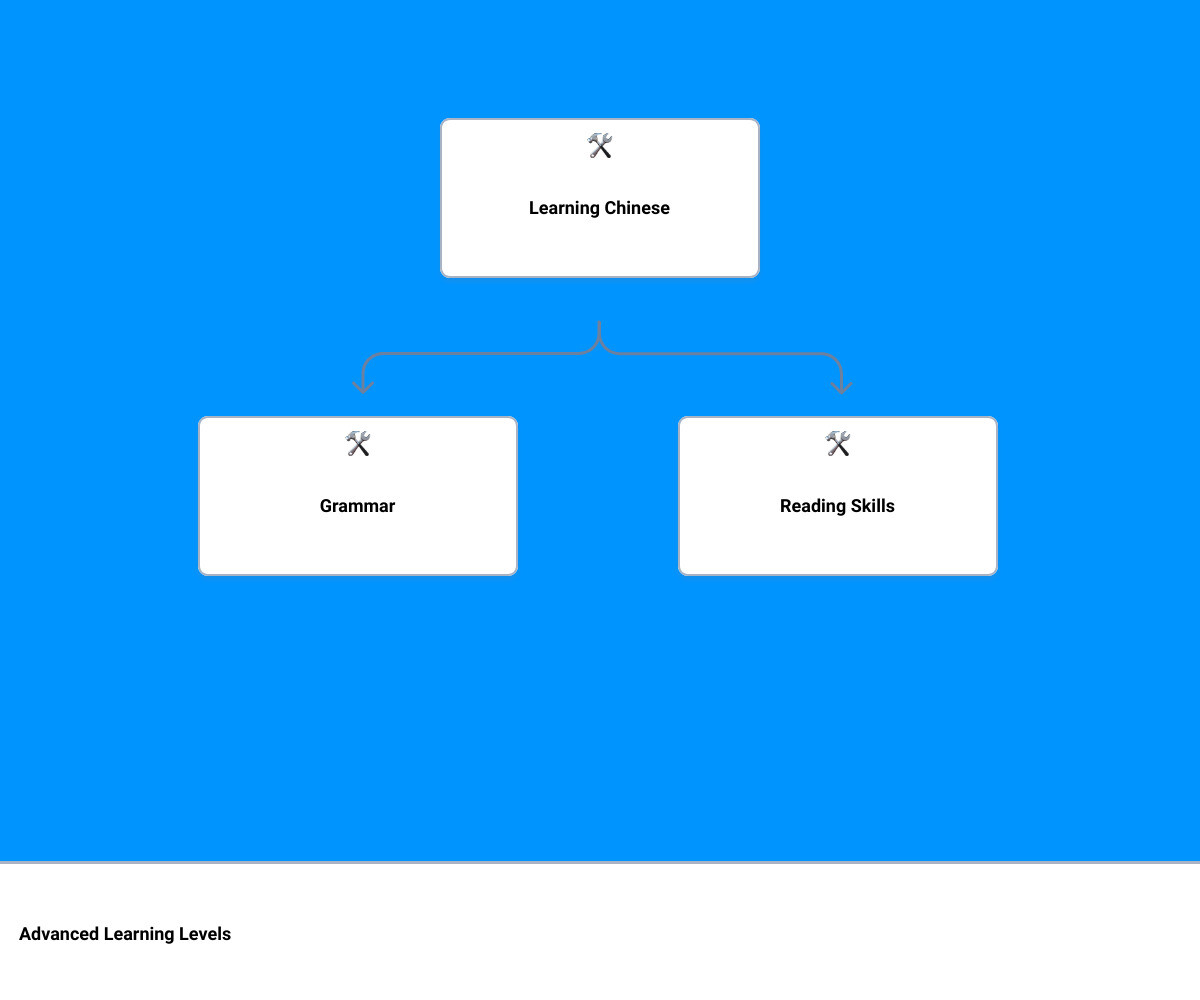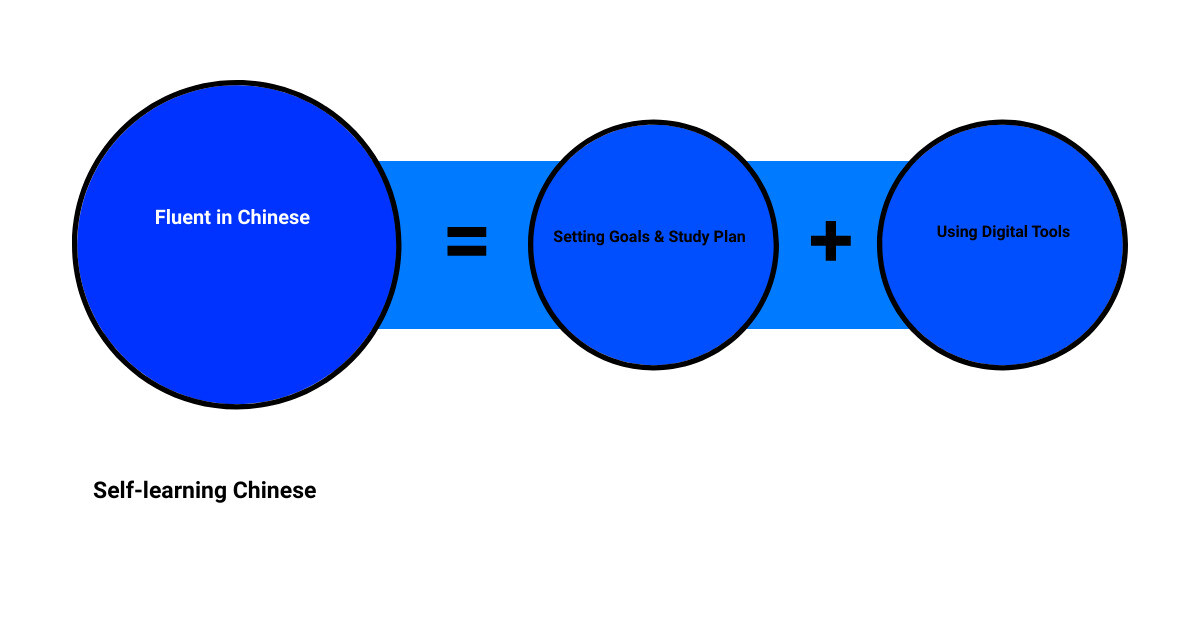Introduction
Importance of Choosing the Right Book to Learn Chinese
Unlocking the door to Mandarin can feel like solving a complex puzzle, but with the right resources, the picture becomes clearer. One of the most important resources on this journey is the right book for learning Chinese. A good book can provide in-depth explanations, comprehensive vocabulary lessons, and ample practice exercises, all of which are key to understanding and mastering the Chinese language.
However, not all books are created equal. The ideal book for you should align with your current proficiency level, learning style, and specific language goals. For instance, beginners may benefit from books providing a solid foundation of basic grammar and vocabulary, while advanced learners might require resources focusing more on nuances in language use or specialized vocabulary.
How Traverse App Can Enhance Your Learning Experience
In the digital age, traditional books aren't the only tools available for language learning. The Traverse app, for example, offers a unique, comprehensive learning ecosystem that perfectly complements the use of books.
The app integrates with Mandarin Blueprint, a comprehensive course structure that guides you towards Chinese fluency. It also allows you to import existing Anki decks, renowned for their flashcards and spaced repetition system that enhance memory retention. This way, you can seamlessly continue your learning journey without losing track of your progress.
What sets the Traverse app apart is its visual mind-mapping approach, which makes it easier to understand complex topics like Chinese characters. This, combined with spaced repetition flashcards and connected note-taking, helps you master Mandarin in an efficient and comprehensive way.
Whether used alone or in conjunction with traditional books, the Traverse app can make learning Chinese characters enjoyable, effective, and efficient, bridging the gap between traditional and modern learning techniques. So, as you dive into the world of Mandarin, remember to choose your resources wisely. The right book, coupled with the right digital tool, can significantly accelerate your learning.

Understanding the Chinese Language
The Unique Structure and Pronunciation System of Chinese
Mandarin Chinese is a fascinating language, unlike any romance or Germanic language you might have encountered before. It boasts a unique structure and pronunciation system that sets it apart from the typical phonetic-based languages like English, Spanish, or German. Instead of an alphabet, the Chinese language employs a logographic system where each character stands for a whole syllable, and often carries its own distinct meaning.
Understanding the pronunciation of these syllables is a critical part of the learning process. Mandarin Chinese has four tones, and the tone used to pronounce a word can change its meaning entirely. This means that learning to distinguish and reproduce these tones is essential for mastering the language.
The Role of Chinese Characters in the Language
An integral part of the Mandarin language is its rich repository of Chinese characters. Unlike English where you can guess the pronunciation of a new word based on its spelling, in Chinese, the pronunciation of a character often has to be learned separately.
These characters come in two forms: Traditional and Simplified. Traditional characters are more ancient and often more complex, consisting of more strokes and intricate details. They are primarily used in Taiwan, Hong Kong, and overseas Chinese communities. Simplified characters, on the other hand, have fewer strokes and are widely used in Mainland China, Singapore, and Malaysia.
Chinese characters have a pictographic and ideographic nature, having evolved from simple pictures representing objects over time. Understanding the logical construction of these characters, their visual representations, and the role of radicals (the backbone of Chinese characters) can significantly aid your learning journey.
The Chinese language might seem challenging initially due to its unique structure and vast array of characters. However, with the right resources and a dedicated approach, this linguistic labyrinth can turn into a fascinating journey of discovery, unlocking the secrets of one of the world's most spoken languages. Stay tuned as we delve into the best books to fast track your Mandarin learning journey in the next section.
Best Books to Learn Chinese for Beginners
Kick-starting your Chinese language learning adventure can be both exciting and intimidating. To smooth your path and accelerate your progress, here are three of the best books for learning Chinese, especially tailored for beginners.
Complete Mandarin Chinese: A Comprehensive Guide for Beginners
Starting the list is the Complete Mandarin Chinese book, considered the best overall book for learning Mandarin. This comprehensive guide is perfect for beginners and aims to take you to an intermediate level of proficiency. It covers all the essential language skills, including grammar, vocabulary, and even the intricate art of Chinese characters.
The book follows a structured approach, facilitating step-by-step learning. With online-accessible audio tracks, you can also practice your listening and pronunciation skills. This book, coupled with a language learning platform like Traverse, can provide a complete learning experience, effectively turning you from a newbie to a confident Mandarin speaker.
Chinese for Dummies: A Simple and Easy-to-Understand Guide
Next on the list is Chinese for Dummies, a popular choice among Mandarin learners. As its title suggests, this book is excellent for beginners, starting from the basics and gradually progressing to more complex topics. Each chapter presents grammar explanations and common vocabulary related to everyday life situations like introductions, asking directions, or ordering food.
Beyond being a simple guide, Chinese for Dummies also includes a mini dictionary for quick translations and online audio tracks for listening and pronunciation practice. Pairing this book with a language learning app like Traverse can offer an interactive learning experience, making Mandarin easier to grasp and retain.
Fundamentals of Chinese Characters: A Detailed Breakdown of Chinese Characters
Finally, Fundamentals of Chinese Characters is a must-have for any beginner trying to master the often intimidating Chinese characters. This book, unlike others, focuses solely on the unique written system of Mandarin. It provides a comprehensive breakdown of the characters, their structure, and their meaning, making the process of learning Chinese characters more manageable.
Remember, learning Chinese characters is not just about memorizing shapes and strokes, but understanding their meaning and how they combine to form words. By understanding the basics, you can decipher new characters more easily and remember them longer.
Remember, learning Chinese is a marathon, not a sprint. So, pace yourself, enjoy the process, and don't forget to celebrate every small victory along the way!

Effective Ways to Learn Chinese
As you journey to master Mandarin, it's essential to have an arsenal of effective strategies at your disposal. The language's unique structure and tonal system can pose challenges, but with the right techniques, you can overcome them successfully.
The Importance of Learning Chinese Tones
One of the most distinguishing features of Mandarin is its tonal nature. The tone in which a word is spoken can significantly change its meaning. For instance, the word "ma" could mean "mom," "horse," "hemp," or could be a question particle, depending on how it's pronounced. Hence, learning and mastering Mandarin's four primary tones and the neutral tone is essential for accurate pronunciation and comprehension.
Techniques to Learn Chinese Tones
There are various techniques to master Mandarin tones. A key strategy is to practice with native speakers and encourage them to correct your pronunciation. Watching and listening to native speakers, either in person or through multimedia, can also be beneficial. You can immerse yourself in the language by listening to Chinese music or watching Chinese dramas, which not only help with tones but also give you a cultural context. Additionally, it's suggested to practice speaking on your own, even without an audience, to get comfortable with the pronunciation and rhythm of Mandarin.
The Role of Grammar in Learning Chinese
While Mandarin grammar is relatively simpler compared to other languages, it's crucial to focus on it from the early stages of learning. Understanding the sentence structure and how words are ordered can significantly improve your comprehension and fluency. It's advisable to learn grammar in the context of sentences rather than isolated rules, which can help you understand how it's applied in real conversation.
The Benefits of Practicing Speaking on Your Own
Speaking Mandarin confidently requires practice, and it doesn't always have to be in a social setting. Practicing speaking on your own offers a safe space to experiment with phrases, vocabulary, and tones without the pressure of making mistakes. You can talk to yourself, record and listen to your pronunciation, and gradually improve your fluency.
In conclusion, learning Mandarin involves mastering tones, understanding grammar, and practicing speaking independently. While it's a complex language, the right strategies, combined with persistence and consistency, can facilitate your Mandarin learning journey.

Advanced Books for Learning Chinese
Dive into the depths of Mandarin with advanced learning materials that will challenge and fine-tune your understanding. These books are curated for those who've already mastered the basics and are keen to traverse the complexities of the Chinese language.
Modern Mandarin Chinese Grammar: A Practical Guide for Advanced Learners
If you're looking to delve deeper into the intricacies of Mandarin grammar, the Modern Mandarin Chinese Grammar: A Practical Guide is a comprehensive reference. This book covers every grammar rule, pattern, and quirk you'll encounter as you advance your Mandarin studies. Its detailed index transforms the guide into a grammar dictionary, allowing you to quickly look up rules and understand their usage.
Times: Newspaper Reading Course of Advanced Chinese: A Tool to Improve Reading Skills
For those aiming to read Chinese newspapers, the Times: Newspaper Reading Course of Advanced Chinese is a game-changer. Real-world newspaper articles, well-paced lessons, and accompanying workbooks move you beyond headlines, allowing you to understand articles in their entirety. It specifically targets the complex vocabulary, rare grammar, and uncommon formatting found in Chinese newspapers, making it a unique learning tool.
Abridged Chinese Classic Series: The Besieged City: A Simplified Chinese Classic Novel
Expand your learning horizon with classic Chinese literature. Abridged Chinese Classic Series: The Besieged City is a simplified version of a Chinese classic, offering an engaging entry point for Mandarin learners interested in literature. Although simplified, the plot of a young man grappling with an arranged marriage in 1930s China remains engaging and humorous.
500 Common Chinese Idioms: An Annotated Frequency Dictionary: A Guide to Chinese Idioms
Idioms are an integral part of any language, and Chinese is no exception. 500 Common Chinese Idioms: An Annotated Frequency Dictionary is a comprehensive guide to Chinese idioms, enabling you to understand and use them in your conversations accurately.
Niubi!: The Real Chinese You Were Never Taught in School: A Comprehensive Guide to Chinese Slang
Get street-smart with Niubi!: The Real Chinese You Were Never Taught in School. This guide offers an exciting look into Chinese slang, helping you understand contemporary Chinese better and converse like a local.
Success in mastering Mandarin lies in continuous practice and exposure to various aspects of the language. These advanced books provide an in-depth understanding of different facets, from grammar and reading to idioms and slang. They are effective tools in refining your Mandarin skills and preparing you for real-world Chinese communication.

How to Learn Chinese by Yourself
Embarking on the path of self-learning can be both rewarding and challenging. But with the right strategies, learning Mandarin Chinese independently is absolutely achievable. Let's explore some effective methods to help you learn Chinese on your own.
The Importance of Setting Goals and a Study Plan
As in many areas of life, setting clear goals and creating a study plan is essential when self-learning Mandarin. With specific objectives in mind, you can direct your practice towards these goals. For example, if your goal is to have basic conversations in Chinese, your study plan might focus more on speaking and listening exercises. Or if you're interested in reading Chinese literature, your plan might emphasize learning more Chinese characters. Understanding your motivation will help you stay on track and maintain your enthusiasm in this language-learning marathon.
Starting with Chinese Greetings and Basic Sentence Structure
Every journey starts with a single step, and in the journey of Chinese learning, that first step often involves mastering basic greetings and sentence structures. Common greetings like "你好" (nǐ hǎo, hello) and "谢谢" (xièxie, thank you) are the building blocks of your Chinese vocabulary. Additionally, understanding the basic sentence structure, which typically follows the pattern of Subject-Verb-Object (SVO), can help you form simple sentences and express basic ideas.
Grouping New Words by Theme
One effective way to expand your vocabulary is by grouping new words by theme. For instance, you could dedicate a week to learning words related to food, then move on to words about travel the next week. This method helps create associations between words, making it easier for your brain to remember them. Many of the aforementioned books, such as "500 Common Chinese Idioms: An Annotated Frequency Dictionary," can be a great resource for thematic vocabulary.
The Role of Mandarin Courses on Coursera and Language Apps in Self-Learning
In the digital age, numerous resources are available to help you learn Mandarin independently. Online Mandarin courses offered by platforms like Coursera provide lessons from beginner to advanced levels, offering a structured approach to learning. Language apps, also, provide an interactive and user-friendly learning experience. Apps like Duolingo, Drops, and Pimsleur offer a mix of visual, audio, and interactive features to enhance your learning.
However, it's also important to remember that learning Mandarin isn't just about memorizing vocabulary and grammar rules. It's about immersing yourself in the language, whether that's through watching Chinese films, listening to Chinese music, or even labeling household items with their Chinese names. The more you incorporate Chinese into your daily life, the more natural the language will become to you.
Remember, learning Mandarin is a marathon, not a sprint, so take your time, enjoy the process, and celebrate every small victory along the way. With patience, determination, and the right resources, you can successfully learn Chinese by yourself.
Conclusion
Recap of the Best Books to Learn Chinese
In our quest to unlock the secrets of Mandarin, we've explored a variety of books that can help you learn Chinese faster. Starting with beginner-friendly options like Complete Mandarin Chinese: A Comprehensive Guide for Beginners and Chinese for Dummies, we've delved into the essential foundations of the language, from its unique structure and pronunciation system to the intricate world of Chinese characters.
As we climbed higher on our learning journey, we discovered advanced resources like Modern Mandarin Chinese Grammar: A Practical Guide and Times: Newspaper Reading Course of Advanced Chinese that can further enhance your skills. We also delved into the world of idioms and colloquial expressions with 500 Common Chinese Idioms: An Annotated Frequency Dictionary and Niubi!: The Real Chinese You Were Never Taught in School.
How Traverse App Can Support Your Chinese Learning Journey
In addition to these books, we also introduced you to the Traverse app, a powerful tool that can supercharge your language learning adventure. Traverse's integration with Mandarin Blueprint provides a comprehensive learning ecosystem, allowing you to immerse yourself in the language and understand how characters fit into the larger picture of Chinese culture.
The app's unique features, such as the ability to import Anki decks for continued learning, and the use of mind mapping and connected note-taking, make it an invaluable companion on your quest to learn Mandarin. It bridges the gap between traditional book learning and modern, science-backed learning techniques, helping you master Mandarin more efficiently and effectively.
Remember, there's no one-size-fits-all when it comes to learning a new language. The best strategy is one that caters to your unique learning style and needs, one that you can stick with. So don't be afraid to experiment with different books and tools until you find your perfect blend.
As you pack your learning backpack and get ready to embark on your Mandarin adventure, remember that it's not a race. It's about enjoying the journey, embracing the process, and celebrating every new word and phrase you learn. With the right resources, patience, and consistent effort, you'll find yourself conversing in Mandarin and truly appreciating the beauty and depth of this ancient language.
So go ahead, turn the page, and step confidently into the exciting world of Mandarin. The realm of Chinese awaits you!

